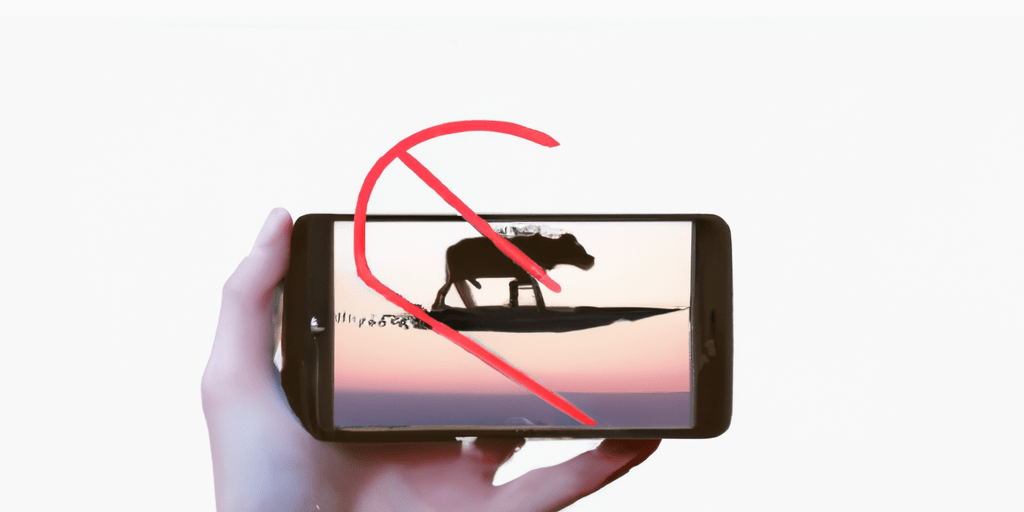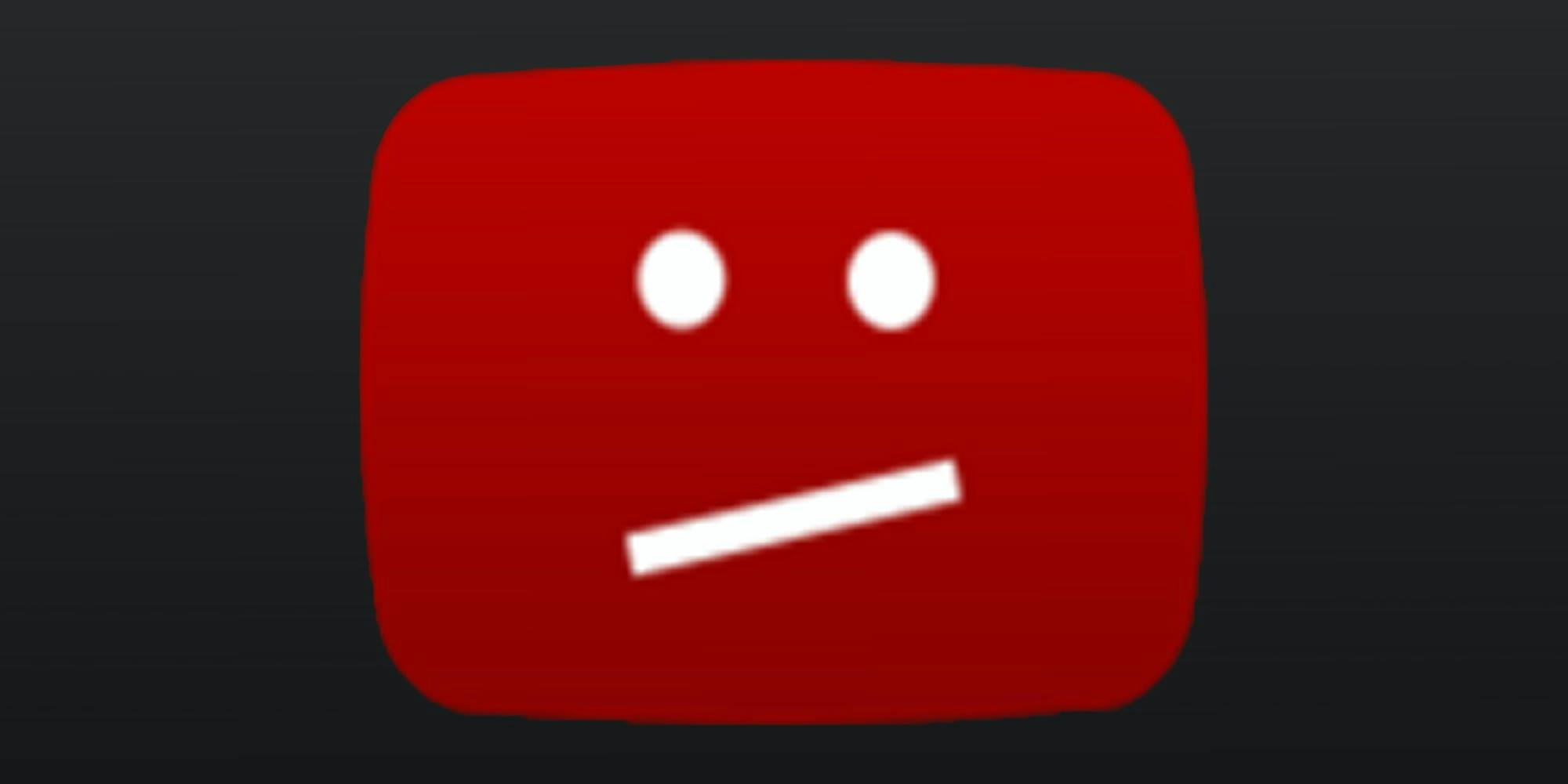YouTube has become a platform where millions share their creativity, opinions, and stories. However, it’s also a place where rules are essential to maintain a safe and respectful environment. This leads us to the curious case of Steve, who found himself banned from YouTube. So, why did this happen? Let’s dive into his story and uncover the reasons behind his ban, along with what you absolutely need to know about
Overview of YouTube's Community Guidelines

YouTube's Community Guidelines are a set of rules that dictate what is acceptable on the platform. These rules play a crucial role in ensuring that content remains safe, respectful, and suitable for all users. Breaking these guidelines can lead to a range of consequences, from video removal to account suspension or even a permanent ban. Let's break down some key areas of these guidelines to help you understand what YouTube considers violations:
- Spam, Scams, and Deceptive Practices: YouTube prohibits misleading content intended to trick viewers. This includes scams, deceptive practices, and mechanisms that mislead users.
- Hate Speech: Any content that promotes hate or violence against individuals or groups based on attributes like race, ethnicity, or religion is strictly forbidden.
- Harassment and Cyberbullying: Engaging in targeted harassment or bullying of individuals is not tolerated. Respect and kindness toward others are fundamental values.
- Adult Content: Videos containing sexually explicit material or graphic content are not allowed. YouTube aims to keep its platform appropriate for a broad audience.
- Copyright Violation: Using someone else's content without permission can lead to severe penalties, including taking down videos and account bans.
Understanding these guidelines is essential for every content creator. Compliance not only keeps your channel in good standing but also fosters a positive environment for all users. Knowing what can get you banned can help you navigate your YouTube journey with confidence.
Common Reasons for Account Bans

YouTube is a platform that thrives on creativity and diverse content. However, it's not uncommon for accounts to face restrictions or bans due to various violations. Understanding these common reasons can help you avoid the same fate. Here are some of the top reasons why accounts get banned:
- Copyright Infringement: Uploading content that violates copyright laws is one of the leading causes for account termination. YouTube's Content ID system automatically checks for copyrighted material.
- Spam and Deceptive Practices: Engaging in spammy behavior, such as misleading titles, tags, and thumbnails, or creating excessive duplicate content can lead to bans.
- Community Guidelines Violations: YouTube has strict community guidelines regarding hate speech, harassment, and graphic content. Any violation can result in content removal or account suspension.
- Fake Engagement: Buying views, likes, or subscribers through dishonest means goes against YouTube's policies and can get you banned.
- Impersonation: Pretending to be someone else or creating channels that closely resemble popular channels can lead to immediate closure of the offending account.
By being aware of these pitfalls, creators can make informed decisions that safeguard their channels. Remember, it's always best to respect YouTube's policies while relying on your original content to stand out!
The Case of Steve: A Detailed Analysis
The case of Steve is a great example that highlights how easy it is for creators to fall into the traps of YouTube's policies. Steve, an aspiring YouTuber, gained rapid popularity for his engaging content but faced a sudden account ban that shocked him and his followers. Here’s a closer look at what happened:
What Went Wrong?
Steve's account was terminated primarily due to violations of YouTube's Community Guidelines. Here are some specific actions that contributed to this outcome:
- Content Violations: Steve posted several videos containing elements deemed inappropriate, such as graphic imagery and language that could be construed as hate speech.
- Copyright Issues: Despite having original material, Steve unknowingly included snippets from popular songs without proper permission, triggering copyright strikes.
- Viewer Manipulation: To grow his channel quickly, Steve engaged in tactics like clickbait and misleading thumbnails, which YouTube flagged as spam.
After receiving multiple warnings, Steve's account was permanently banned. This case serves as a powerful reminder that even small oversights can lead to significant consequences.
Lessons to Learn:
From Steve's ordeal, creators should take away these important lessons:
- Always review and adhere to YouTube’s Community Guidelines.
- Be vigilant about copyright laws; use content that is either original or properly licensed.
- Avoid any deceptive practices that might mislead viewers.
Understanding Steve's story can help others navigate the YouTube landscape more safely, ensuring that their passion for content creation doesn’t result in unintended bans.
5. Consequences of a YouTube Ban
Getting banned from YouTube can feel like a tidal wave crashing down on your online presence. It’s not just about losing your channel; there are a variety of consequences that can impact your digital life significantly. Here’s what you need to be aware of:
- Loss of Content: Your videos, comments, and community posts are gone. If you've built a library of content that’s important to you or your audience, you might lose it all.
- Impact on Monetization: If your channel was monetized, you'll lose the ability to earn revenue. This can be devastating if content creation was your primary source of income.
- Reputation Damage: Being banned can tarnish your reputation, making it harder to establish yourself on other platforms.
- Future Applications Restricted: If you ever decide to create a new channel, past violations might come back to haunt you. YouTube may scrutinize your new applications more closely due to your old violations.
- Community Impact: Your loyal subscribers can also feel the consequences. They lose the content they enjoyed and may be disappointed or confused about your ban.
So, it's clear that being banned from YouTube is not just a simple inconvenience. It can have widespread implications for content creators and their communities alike.
6. How to Appeal a YouTube Ban
If you find yourself on the wrong side of a YouTube ban, don't lose hope just yet. YouTube provides a process for appealing decisions, so let's discuss how you can navigate this tricky terrain.
Here’s a step-by-step guide:
- Read the Email: After your ban, check your email for any communication from YouTube. This often contains important details about the reason for the ban and steps for appeal.
- Review Community Guidelines: Familiarize yourself with YouTube's policies. Understanding the rules can help you construct a strong case for your appeal.
- Go to YouTube Studio: Log into your YouTube account and navigate to YouTube Studio. Here, you’ll often find options for appealing your ban.
- Submit Your Appeal: Fill out the appeal form sincerely. Be polite, concise, and clearly explain why you believe the ban is unjustified. Providing context can be very persuasive!
- Wait for a Response: After submitting your appeal, all you can do is wait. YouTube typically takes a few days to review and respond to appeals.
Remember, while appealing a ban can be daunting, it’s crucial to stay calm and professional throughout the process. Good luck!
7. Preventing Future Violations
When it comes to maintaining a channel on YouTube, understanding and adhering to community guidelines is crucial. If you want to avoid the fate of creators like Steve, here are some practical steps you can take:
- Familiarize Yourself with Community Guidelines: Take time to read through YouTube's community guidelines. This includes rules on spam, deceptive practices, hate speech, and copyright.
- Stay Updated: YouTube regularly updates its policies. Subscribe to the YouTube Creators Blog, or follow their official social media channels to stay in the loop.
- Monitor Your Content: Regularly review the videos on your channel. Remove or edit content that may not align with current guidelines.
- Engage with Your Audience Responsibly: Always promote a positive environment in the comments. Report any abusive or inappropriate comments immediately.
- Utilize the Resources Available: YouTube offers various resources for creators, including help centers and community forums, where you can ask questions and get advice.
By adopting these practices, not only can you prevent future violations, but you can also foster a healthier, more respectful community around your content. Remember, a proactive approach is always better than a reactive one!
8. Conclusion
So, what have we learned from Steve's unfortunate ban from YouTube? While it’s a significant setback for any creator, it serves as a vital reminder of the importance of understanding platform rules. YouTube is a space for creativity, but it also comes with responsibilities that every creator must navigate carefully.
In closing, if you’re passionate about sharing your content on YouTube, *always prioritize compliance* with the community guidelines. You might think, "It’s just one video," but those small missteps can lead you down a slippery slope. Protect your channel by staying informed and being vigilant.
In essence, creating content on YouTube should be about connection and expression—not fear of getting banned. As long as you’re aware of the rules and respect them, you can build a thriving channel without the risk of facing the same fate as Steve. Happy creating!










